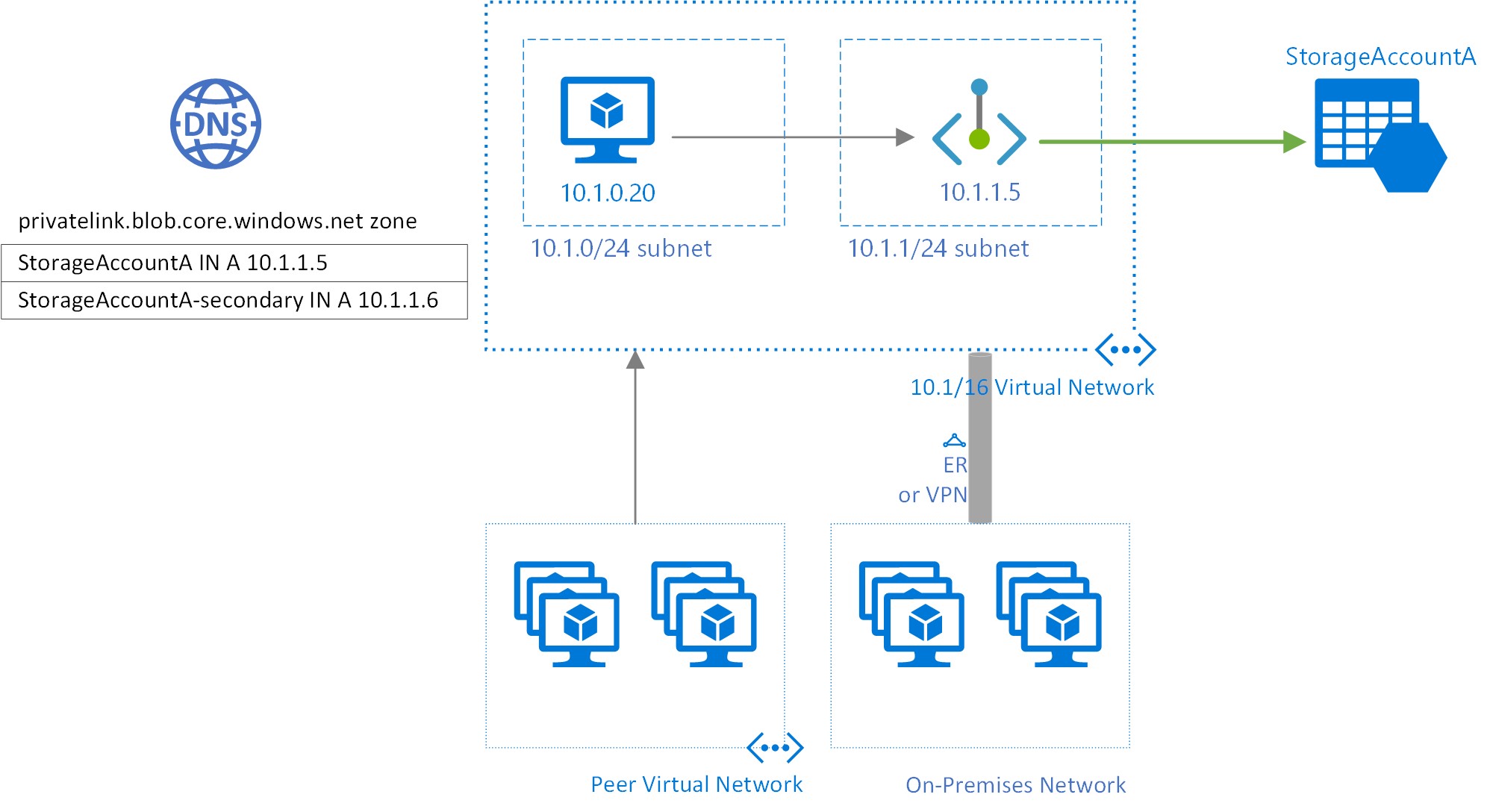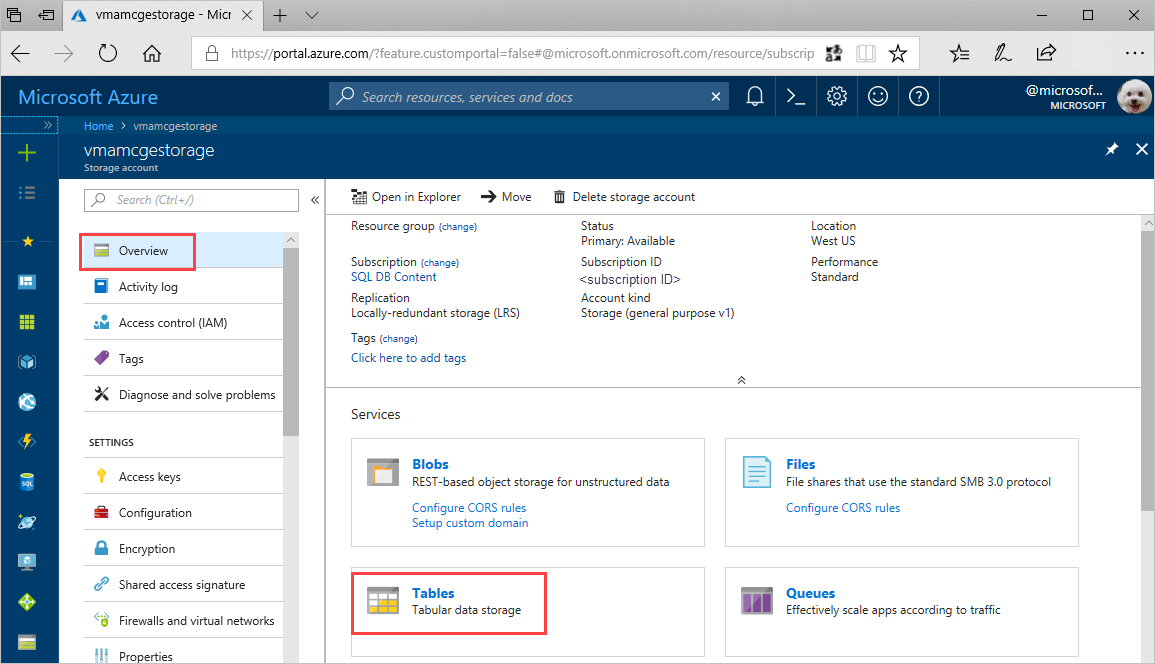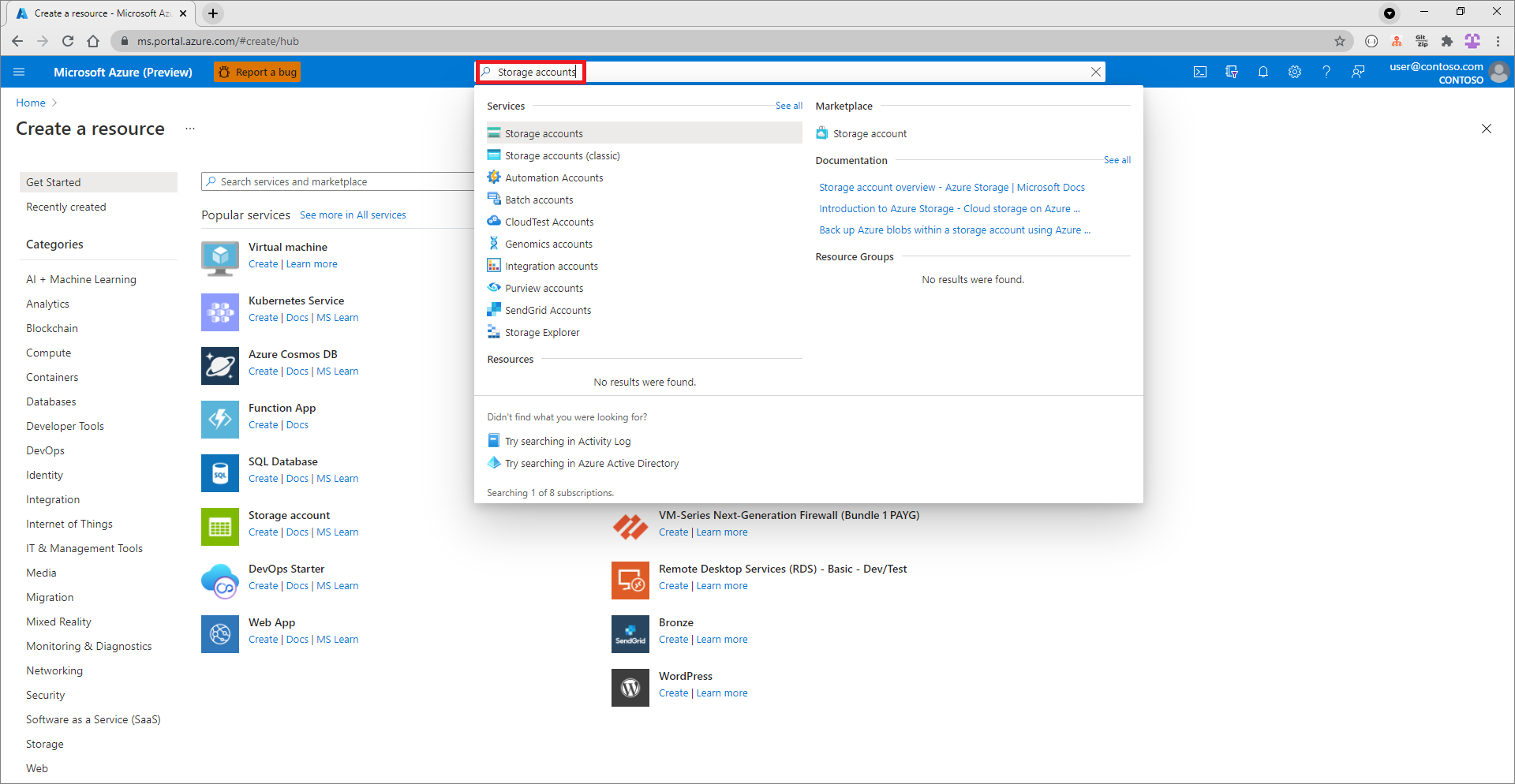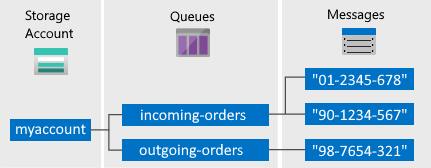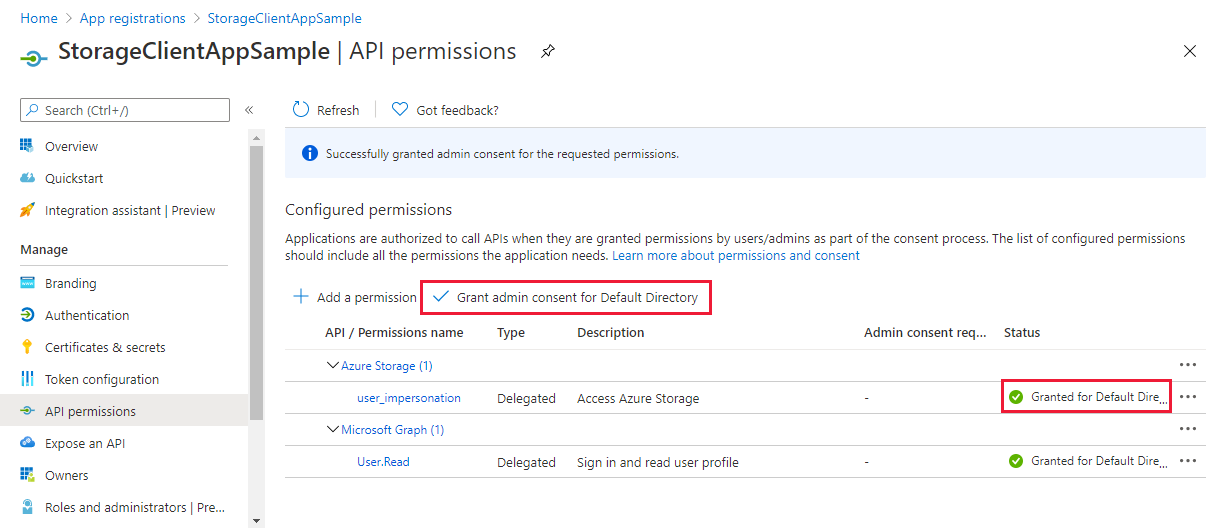How To Use Azure Storage Client

Azure data explorer fast and highly scalable data exploration service.
How to use azure storage client. Try azure file storage for managed file shares that use standard smb 3 0 protocol. In this quickstart you learn how to use the azure blob storage client library for net to create a container and a blob in blob object storage. Azure storage provides rich client libraries for building apps with net java android c node js php ruby and python. Setting sas policies on content in file share using storage client libraries.
All of the tools outlined in the following table are free. The azure storage client libraries for net offer a convenient interface for making calls to azure storage. Microsoft provides several graphical user interface gui tools for working with the data in your azure storage account. File storage file shares that use the standard smb 3 0 protocol.
Accessing file share using storage client libraries. 2 minutes to read 1. Mounting file share as drive. Basics of azure file storage azure file storage is an offering of microsoft.
Next you learn how to download the blob to your local computer and how to list all of the blobs in a container. For more information about azure storage see introduction to azure storage. Microsoft recommends using version 12 x for new applications. Use azure file share as desired.
The latest version of the azure storage client library is version 12 x. When you are ready to dismount the azure file share you can do so by right clicking on the entry for the share under the network locations in file explorer and selecting disconnect. Microsoft client tools for working with azure storage. Use the storage account name prepended with azure as the username and a storage account key as the password.
The client libraries offer advanced capabilities for table storage including odata support for querying and optimistic locking capabilities. Azure is an equivalent to smb file share. Disk storage high performance highly durable block storage for azure virtual machines. Libraries for data access.
Share data with on premises and cloud servers integrate with apps and more.

